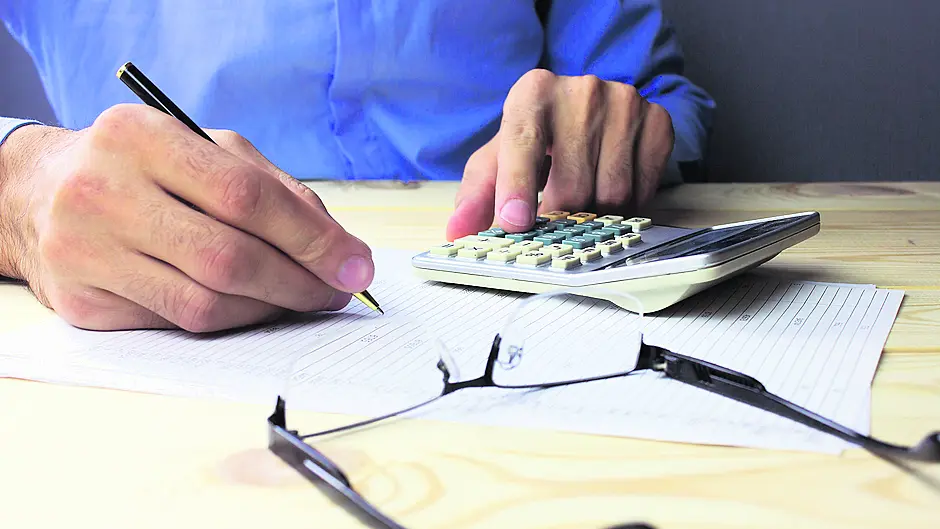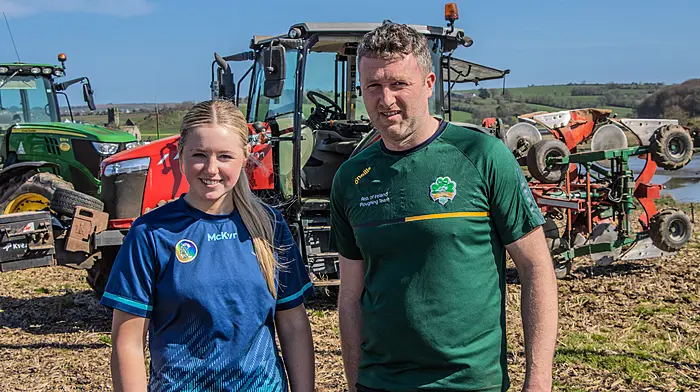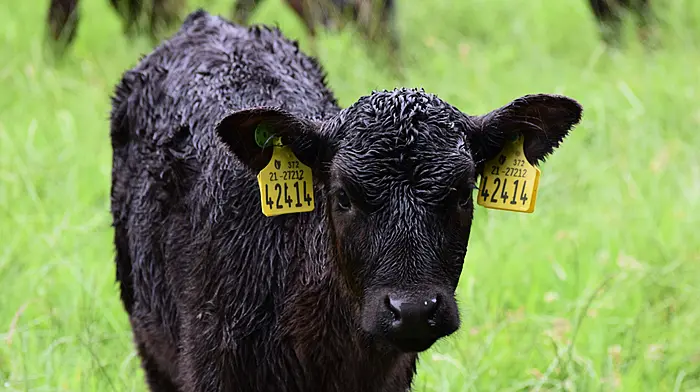WHETHER you are employed as a PAYE worker, or pay tax as a self-employed person, you must make sure that you pay any tax that is due to Revenue.
This article focuses on information for PAYE workers or pensioners who have another source of income.
If you work for an employer and pay tax under the PAYE system, income earned from employment is taxed at source by your employer.
However, the amount deducted can vary depending on your personal circumstances and your tax credits. For example, if you are married or in a civil partnership, this may affect your tax bands and tax reliefs.
People who work for an employer may also have additional income from other sources. You must tell Revenue about such income.
However, depending on the amount, you declare the income in different ways. In some cases, income from other sources (such as a social welfare payment) can be coded-in against your tax credits and cut off point.
Coding-in means that Revenue will reduce both your tax credits and your standard rate cut-off point, by an amount equal to your other income.
Your other income is then effectively taxed under PAYE.
If you are a chargeable person you must self-assess. Self-assessment is where you are responsible for making your own assessment of tax due.
Who is a chargeable person?
You are a chargeable person if you have a PAYE source of income and, either: Net assessable non-PAYE income (including income subject to Dirt) of €5,000 or more in a year; total gross income from non-PAYE sources (including income subject to Dirt), of €30,000 or more in a year.
This applies even if you have no tax liability on this income because it is covered or largely covered by losses, capital allowances and other reliefs.
If you are a chargeable person you must self-assess and file a Form 11 for the relevant year. From 2014 if you are a chargeable person you must also pay PRSI at Class K on your assessable income.
Who is not a chargeable person?
If you have a PAYE source of income and your net assessable non-PAYE income is less than €5,000, and this income is coded against PAYE tax credits or fully taxed at source, you are not regarded as a chargeable person (provided your gross non-PAYE income before expenses does not exceed €30,000).
However, you must inform Revenue of this income. You can do this using PAYE Online Services, by contacting your local Revenue office, or by filing a Form 12, or Form 12S (a simplified version for routine tax returns).
You do not have to pay PRSI on this income. Form 12 or Form 12S allows you to complete a return of your income and claim tax credits, allowances and reliefs (including any health expenses) for a year.
You do not have to file a Form 12 or Form 12S unless Revenue have asked you to do so.
If you have a State pension and another pension or form of income which brings your income over the exemption limit for people aged over 65, you must file a Form 12 or Form 12S if you are not already being taxed on this income. The limits are currently €18,000 for a single person and €36,000 for a married couple or civil partners.
Under self-assessment there is a common date for the payment of tax and filing of tax returns. This is October 31st each year.
This system, which is known as Pay and File, allows you (or an agent) to file your return and pay the balance of tax outstanding for the previous year at the same time.
Under this system you must: pay preliminary tax for the current tax year on or before October 31st each year — the deadline for people who file online using the Revenue Online Service (ROS) is usually slightly later; Make your tax return after the end of the tax year but not later than the following October 31st; pay any balance of tax due for the previous tax year on or before October 31st.
Form 11
If you are a chargeable person, you must make your income tax return and selfassess your tax liability. You can file your Form 11 using the Revenue Online Service (ROS), or fill out a paper Form 11 and send it to Revenue.
If you use ROS to make your tax return online, it will calculate your self-assessment based on the information you provide. You can choose to accept this calculation or input your own self-assessment.
Form 12
You must file a Form 12 if Revenue have asked you to do so. If you are not a chargeable person but you want to pay any tax due on your non- PAYE income you can file a form 12. There are three options: you can fill out a paper Form 12 and send it to Revenue; You can complete the eForm 12 — this electronic form is available through Revenue’s myAccount service.
You only need to fill in the parts of the form that are relevant to you.
The eForm 12 does not provide for returning Capital Gains Tax details. You must fill out a separate CGT return; or you can fill out Form 12S — this is a simplified return for PAYE taxpayers.
• Liam O’Halloran is an accountant with FDC Bandon.










